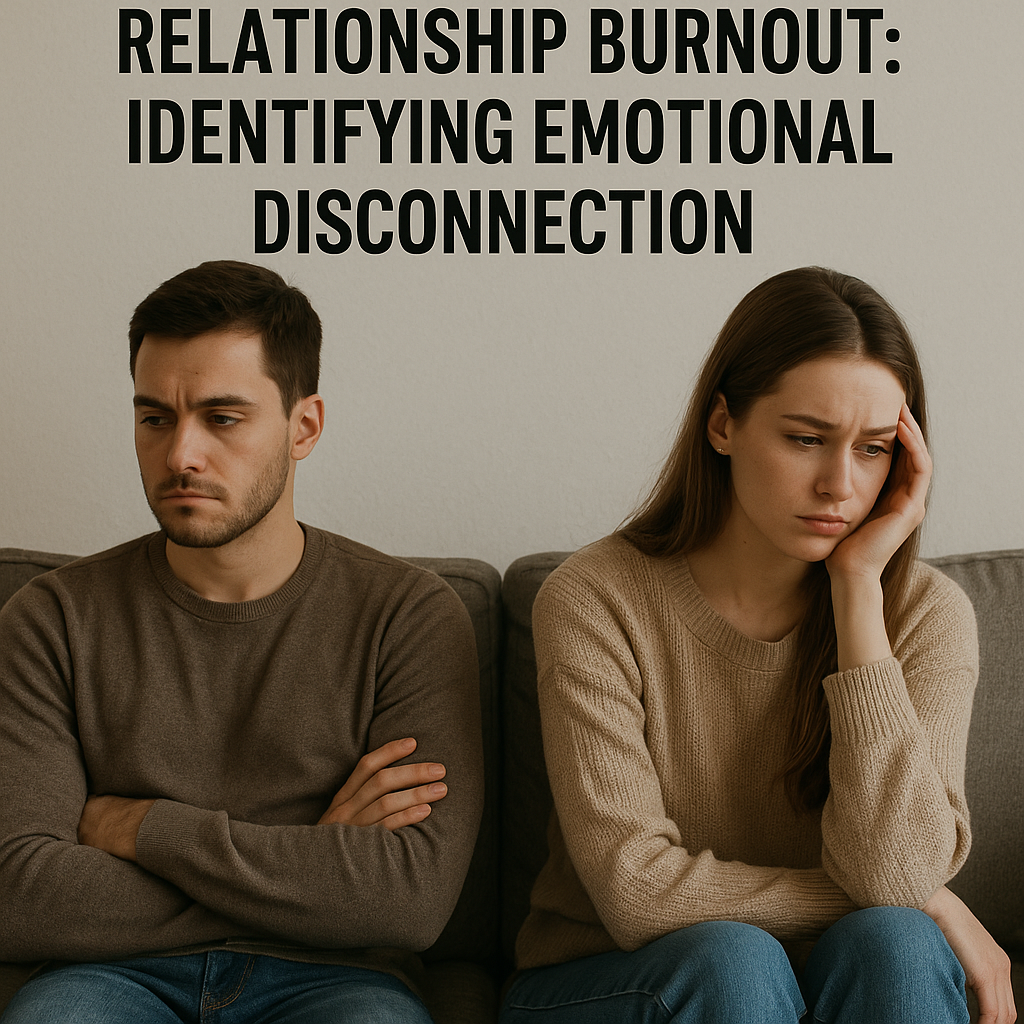Welcome back to Part 6 of our 9-part series.
Previously, I introduced you to David and Amber, who admitted they had no patience, no plan, and no clue about how to parent 15-year-old Johnny, who struggles with ADHD and chronic challenging behavior.
They discovered the root cause behind why 15-year-old Johnny has chronically challenging behavior. Today, I will continue using the Collaborative Problem Solving® approach to help them stop “the insanity” in their home and resolve the underlying problems that drive Johnny’s challenging behavior—something they have not done until now!
Begin With The End In Mind
With step one behind us, David and Amber understand why Johnny is so challenging, which is a vast departure from what their previous therapist taught them!
Equipped with a new lens to interpret their son’s behavior, they understand that Johnny doesn’t lack the willpower or commitment to behave well.
He lacks the ability or thinking skills to behave well—skills like flexibility, frustration tolerance, and understanding how his behavior impacts others.
They recognize that when these skills are developmentally delayed or lagging, they become skill struggles, which make it difficult for Johnny to handle certain situations.
Their next task (step 2) with Collaborative Problem Solving® is to understand the specific times when challenging behaviors occur.
David and Amber’s Homework
At the end of our previous session, I gave them a homework assignment: to view and interpret Johnny’s challenging behavior with the same lens you might use for kiddos with a learning disability.
Rather than focusing on behaviors like reading, math, or spelling, I asked them to focus on Johnny’s unique set of lagging cognitive skills.
More specifically, I asked them to recognize the specific moment (or moments) when Johnny struggles with flexibility, tolerating frustration, or solving problems.
When Is Johnny So Challenging?
David and Amber arrived at our next session excited to share the observations they made while doing their homework.
Amber started with, “Wow, this exercise was enlightening. It helped us identify some moments where Johnny got triggered, and his skill struggles interfered with his ability to manage himself well. Even so, I am still unclear what you mean by trying to answer our second question: When is my challenging kiddo so challenging?”
Here is a brief summary of how the conversation unfolded.
Predictable Moments
Ironically, we already covered when Johnny is so challenging by understanding the underlying cause of his chronic behaviors, so let’s delve a bit deeper.
Collaborative Problem Solving® asserts that challenging behavior occurs in predictable moments or situations:
When the environmental demands outweigh the cognitive skills that Johnny can access at those moments.
Simply put, if Johnny had the cognitive skills to handle disagreements, a change in routine plans, or keep track of time, he would respond adaptively without falling apart.
In other words, he would meet the demands placed on him with a smile if he could be more flexible, handle frustration better, or solve problems more effectively.
But he can’t. Something is getting in the way, and David and Amber need to pinpoint what’s interfering so they can help Johnny thrive.
For example, unlike most of his classmates, Johnny has difficulty shifting gears from one situation to the next, from one circumstance to the next, and from one task to the next.
It’s important to note that these situations present significant challenges for kids with ADHD.
That’s because—and this is a core principle of Collaborative Problem Solving®—kids do well if they can.
In other words, when Johnny can’t shift gears smoothly, what typically follows is some form of disruption, defiance, or disengagement in that situation.
If we want to reduce those challenging episodes, we need to close that gap and solve those problems.
But first, we have to figure out what those problems are specifically. The reasoning is embedded in the statement I shared with David and Amber.
"We Don't Have a Behavior Problem. What We Have Are Problems To Solve."

It’s important to note that the above statement reflects a fundamental shift in how David and Amber understand Johnny’s challenging behavior.
For instance, conventional wisdom suggests that problematic behaviors are viewed in isolation. We focus solely on modifying or eliminating the behavior through rewards, consequences, or punishment.
In contrast, with Collaborative Problem Solving®, challenging behaviors are viewed through a different lens. When adult (or situational) expectations are chronically not met, we have a problem to be solved.
Therefore, the goal is to recognize the underlying, unsolved problems that fuel and contribute to challenging behaviors.
In other words, problems to be solved provide us with the root causes of challenging behaviors. They represent specific difficulties or challenges that Johnny faces each day.
For example, Johnny has difficulty…
- When he’s expected to transition quietly from lunch recess into his math class (problem to be solved).
- Because he has difficulty with transitions and keeping track of time (skill struggle)…
- Which usually leads to walking into class late with intense frustration, making it difficult for everyone involved (challenging behavior).
Remember, we don’t have a behavior problem (poor choices). What we have is a problem to be solved. Hence, Johnny is expected to transition from lunch into math class without disrupting others, but he can’t… right now.
The Real Problem
By working backwards, we recognize that challenging behaviors lead us to unsolved problems. Now, David and Amber can shift their focus from merely trying to control or suppress Johnny’s behavior to understanding and addressing the underlying issues, the root cause, or what I like to call “the real problem” driving the chronic, challenging behavior.
Please note: This idea represents a fundamental shift in approaching challenging behavior.
As you will soon discover, by focusing on unsolved problems, David and Amber can discuss the underlying causes of Johnny’s challenging behaviors with him. Instead of trying to motivate him with rewards or consequences to comply or “act better,” they can boost his lagging skills and finally work toward lasting change!
Shifting lenses empowers everyone—David, Amber, and Johnny—to understand.
- Why challenging behaviors occur.
- When they occur.
- The specific skill struggles that cause them.
- How best to help Johnny reduce those challenging episodes.
This shift is crucial because it empowers David, Amber, and Johnny with the information they need to:
- Improve Johnny’s skill struggles, which will
- Reduce his challenging behavior and…
- Increase lasting behavior change!
Johnny’s Unsolved Problems
With Collaborative Problem Solving®, our we need to assess the specific triggers, antecedents, or situations that typically cause Johnny’s challenging behavior.
In C.P.S. language, we need to identify the circumstances or problems to be solved that generate Johnny’s challenging behaviors.
That critical information gives David and Amber clues about how best to help Johnny thrive.
Questions About Problems To Be Solved
While explaining the idea of problems to be solved, David and Amber had several questions. Here are my answers.
What Are Problems To Be Solved?
In the Collaborative Problem Solving® approach, the problems to be solved are specific moments, circumstances, or situations where Johnny struggles with 1) meeting his expectations or 2) those placed on him by others. More specifically,
When the environmental demands outweigh the cognitive skills Johnny can access at those moments.
Unsurprisingly, challenging behavior happens in the gap between expectations placed on someone and the skills they have to handle those expectations. When a kiddo has the skills to handle those expectations, life is good. However, for many reasons, kids can struggle with skills relative to their peers.
Simply put, problems to be solved occur when there is a gap between the demands of a situation and the skills Johnny has to meet them.
These problems persist because Johnny hasn’t developed the required cognitive skills to handle those moments effectively. Skills like flexibility, frustration tolerance, and understanding how his behavior impacts others are delayed.
Our job is to identify the problems to be solved that are unique to Johnny.
When Are Chronic Behavior Challenges Predictable?
Initially, David and Amber described Johnny as scattered and impulsive.
Until now, they believed that Johnny’s challenging episodes occurred suddenly and unexpectedly. In my first article, Amber reported, ” We never know what’s going to set him off!”
David added that Johnny was impulsive, saying, “He interrupts conversations and blurts out inappropriate comments to his teachers.”
Contrary to their conventional wisdom, chronic, challenging behavior is not unpredictable, and it doesn’t happen out of the blue.
Simply put, the Johnny’s of our world don’t suddenly erupt, flip their lids, or lose their minds. Their challenging episodes don’t come without warning—nothing of the sort.
That’s because—and this is a core principle with C.P.S.—When the demands of the environment outweigh the cognitive skills Johnny can access to meet those demands, challenging behavior is the resulting event that follows.
Now, David and Amber’s job is to focus less on Johnny’s challenging behavior and zero in on the specific situations that trigger those episodes, making them predictable and, more importantly… preventable!
Why Are Problems To Be Solved So Important?
With Collaborative Problem Solving®, problems to be solved play a pivotal role because they serve as entry points to understanding the unique needs and challenges Johnny contends with. This situational analysis—provides a simple and effective way to make challenging behavior predictable.
Since challenging behaviors are predictable, Collaborative Problem Solving® is the path to making them preventable!
Best of all, challenging behavior can now be solved proactively rather than in the heat of the moment.
As David and Amber get crystal clear about when Johnny’s challenging behaviors occur, it will help them:
- Understand Johnny with more accuracy and less surprise.
- Anticipate difficulties before they happen.
- Prioritize which problems they want to work on first.
- Shift their parenting style from reactive to proactive.
At this stage of the journey, the only barrier that prevents David and Amber from becoming proactive parents is creating a list of when Johnny’s unique problems occur.
Assessment Tools
To meet that goal, I introduced them to a fantastic tool called the Collaborative Problem Solving® Assessment and Planning Tool (CPS-APT).
It provides basic instructions and a place to make three lists:
- Problems to be solved
- Skill Struggles
- Challenging Behaviors
David and Amber will better understand Johnny’s needs by filling it out.
For example, it will help them pinpoint Why Johnny struggles (lagging skills), When he struggles (problems to be solved), and What follows (challenging behavior).
Remember, instead of focusing on surface-level behaviors, tools like the CPS-APT help David and Amber dig deeper to identify the root of Johnny’s challenges: skill struggles.
Even more, it provides a roadmap to help build those skills—and it’s a game-changer!
Special Note:
It’s best to take a CPS parenting course in person with me or online through thinkkids.org to understand the transformative power this assessment tool can offer!
How To Identify Johnny's Unique Problems To Be Solved
As our conversation continued, David smiled excitedly, and Amber asked, “Can you show us how to identify Johnny’s problems to be solved?”
Here’s the core of my response, as I provided them with the step-by-step procedure to identify Johnny’s unsolved problems.
Step 1: Download the Think: Kids Assessment Form
David and Amber downloaded the fillable assessment form called the Collaborative Problem Solving® Assessment and Planning Tool (CPS-APT).
Step 2: Observe and Gather Information
Begin by observing Johnny’s behaviors and interactions across different settings, such as home, school, and social environments.
Take note of specific challenging behaviors that seem to occur repeatedly.
Also, pay attention to situations or demands that trigger these behaviors.
Step 3: Reflect on Patterns
Look for recurring themes or common triggers contributing to Johnny’s challenging behaviors.
Consider whether the behaviors are in response to certain expectations, transitions, or specific tasks.
Avoid the temptation of using conventional wisdom to explain why he’s so challenging: attention or escape.
Step 4: Create Your 3 Lists
Based on your observations and reflections, use the CPS-APT to create a list of Problems, Skill Struggles, and Challenging Behavior.
Remember, the list of problems signals the specific situations or expectations in which Johnny has difficulty meeting the demands placed on him.
Each problem should be described in concrete and observable terms, avoiding vague generalizations.
Step 5: Prioritize the Problems To Be Solved
Once you have a list of Johnny’s unsolved problems, prioritize them based on their frequency, severity, and impact on Johnny’s daily life.
Start by focusing on one or two problems that are most pressing or have the most significant impact on Johnny’s well-being and functioning.
Step 6: Engage in Collaborative Conversations
As you will soon discover, David and Amber used their assessment findings to guide their discussions with Johnny.
Then, they considered an appropriate time to collaborate with Johnny about these problems to be solved.
The best part? Their newfound lens helped them approach the conversation with empathy, understanding, and a genuine desire to understand Johnny’s perspective. This generated a massive shift in their parenting style!
Conclusion
In my next article, you’ll discover how this simple assessment tool not only helped David and Amber avoid surface-level behaviors but also helped them dig deeper and understand what’s getting in the way—the root cause of Johnny’s challenges.
Even more, you’ll learn how it provided them with a roadmap to help Johnny build the skills he needs to meet the demands he faces each day—and do it with more confidence and less effort!
ADHD Counseling in Tustin, CA
If you can relate to David and Amber, you know that managing chronic, challenging behavior shouldn’t be so hard. Discover how to transform life in your living room (or classroom) with ADHD or ADD counseling in Tustin, Ca. I would love to be your guide!







